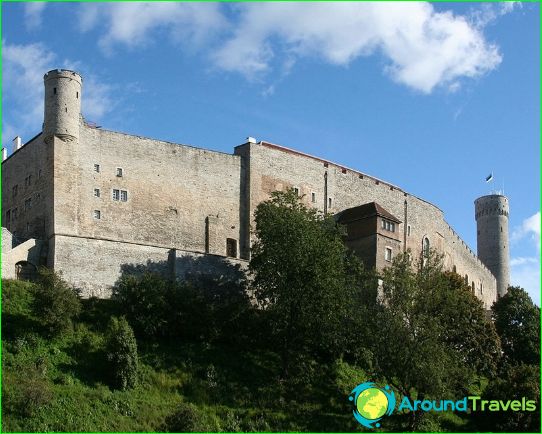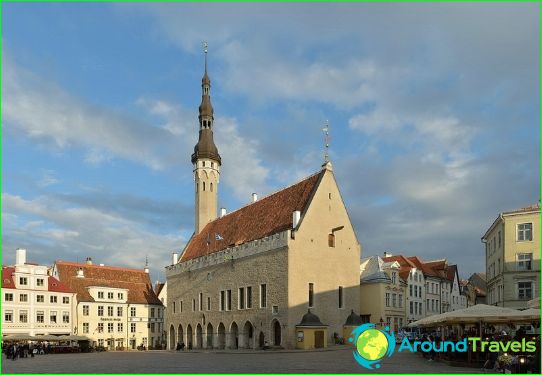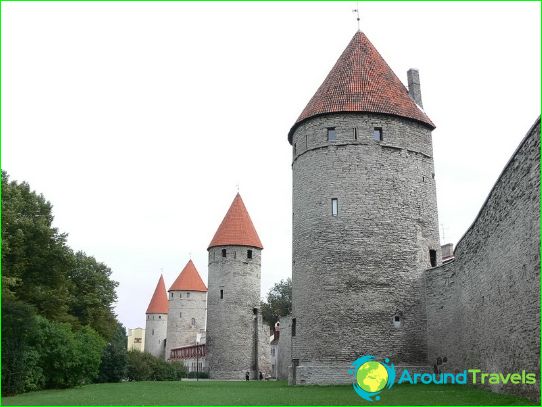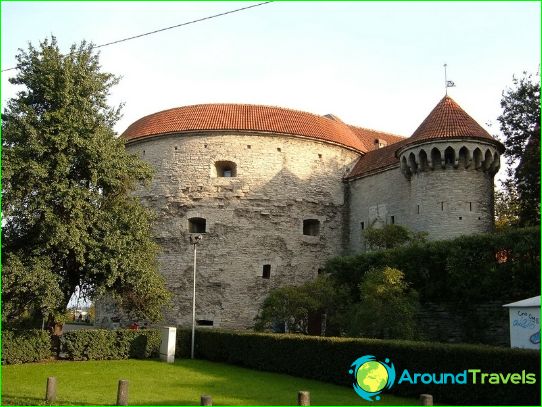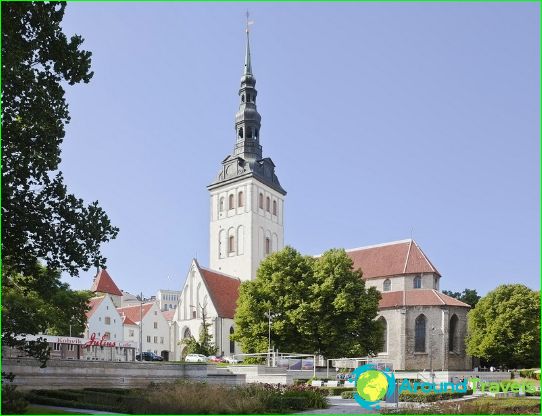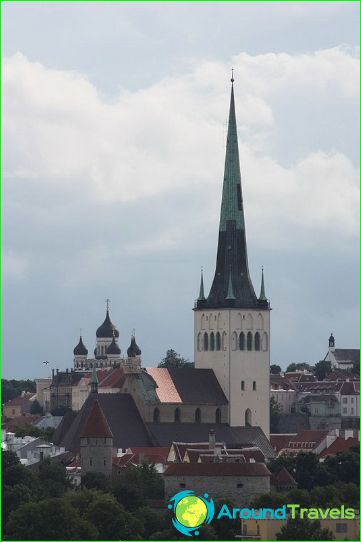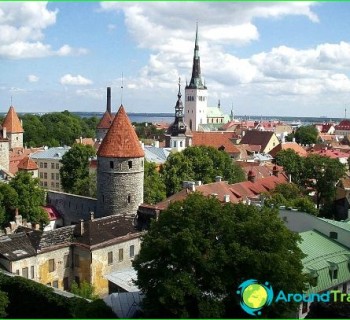Tallinn history
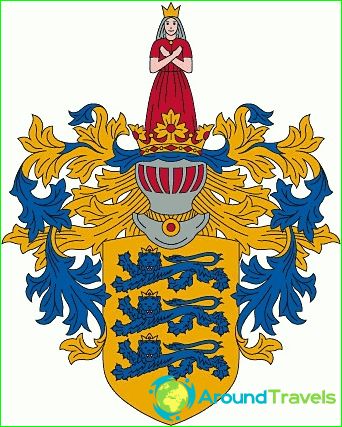
Tallinn coat of arms
Tallinn is the capital and largest city of Estonia, as well as the economic, political, cultural and scientific center of the country. It is an incredibly beautiful and interesting city with a rich cultural and historical heritage. Tallinn is located on the southern coast of the Gulf of Finland, just 80 km from Helsinki.
Middle Ages
The exact date of the foundation of the city is not known for certain. The first written records of the existence of a small fortified town on the site of modern Tallinn called «Kolyvan» are found in the writings of the Arab geographer Al-Idrisi and date back to 1154. IN «Chronicles of Livonia» the city is mentioned under the Scandinavian name «Lindanis». After the occupation in 1219 by the Danes, the Scandinavians and the Germans began to call the city Reval (Rewal). This name remained until 1919..
In 1248, the Danish king Eric IV granted the city of Lubeck law, thereby endowing it with a number of privileges and laying a solid foundation for further economic growth. In 1285, Revel significantly strengthened its position, becoming a full member of the Hanseatic League, and soon one of the largest and most prosperous ports in the Baltic Sea. In 1346, the city was sold to the Teutonic Order and came under the control of the Landmaster of the Order in Livonia, while retaining its privileges. The incredibly successful strategic position of the city at the crossroads of trade routes between Russia, Western and Northern Europe contributed to its colossal economic growth and development as an important cultural center in the 14-16th centuries.
In 1558 the Livonian War began, and already in 1561 Revel came under the control of the Swedes and became the administrative center of Swedish Estland. In the following decades, the city was repeatedly besieged by Polish, Danish and Russian troops. The hostilities resulted in instability and a decline in trade. The city significantly weakened its position and lost its former influence. After the end of the Livonian War in 1583 and the conclusion of the Russian-Swedish peace, Revel remained under the rule of the Swedes. Despite some oppression from the Swedes and outbreaks of the plague, the city gradually developed. The first manufactories appeared, and the number of educational institutions increased significantly ...
In 1710, during the Northern War, Swedish Estland, together with Revel, came under the rule of Tsarist Russia. After the end of the war, the city began to develop at a rapid pace, which was greatly facilitated by the rapid growth of industry and the construction of the Baltic railway in the second half of the 19th century..
New time
In 1918, the independence of Estonia was proclaimed in Revel, the capital of which the city actually became. This event became, perhaps, one of the most turning points in the history of the country and the city. In 1919 the city got its modern name - Tallinn.
Only two decades later, in 1939, as a result of the redistribution of spheres of influence between Germany and the USSR, the latter actually imposed on Estonia «Mutual Aid Pact», which eventually served as one of the reasons for the introduction in 1940 of an additional contingent of Soviet troops in Estonia and its subsequent annexation. In 1941, Estonia was occupied by Nazi Germany, but in 1944 it returned to the USSR. Tallinn became the capital of the Estonian SSR. Estonia was able to regain its independence only in August 1991.
Today Tallinn is a modern European capital with great potential and a popular tourist destination..
Pictures of Tallinn
-
Tallinn coat of arms
-
Toompea Castle and Long Hermann Tower
-
Town Hall Square
-
Walls and towers of the Old Town
-
Tower Fat Margarita
-
Niguliste Church
-
Palace in Kadriorg
-
Oleviste Church
